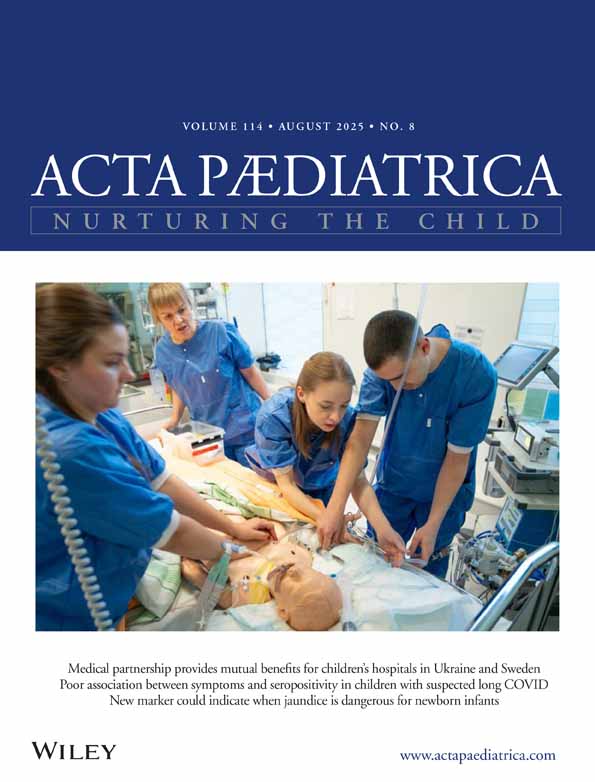Properdin deficiency in a boy with fulminant meningococcal septic shock
Abstract
Bacterial meningitis is a rare presentation for congenital immunodeficiency, but meningococcal invasive diseases and meningitis have been associated with late complement component deficiencies and properdin deficiency. A 5½-y-old boy of non-consanguineous parents was admitted to our hospital with meningococcal septic shock. He had previously been suffering from recurrent respiratory infections. His 13-y-old brother had also been treated for meningococcal meningitis when he was 7 y old. Immunological studies, done after recovery, on the patient and his two brothers revealed normal immunoglobulin, IgG subclasses, C3, C4 and CH50 levels. Haemolytic activity of the alternative complement pathway could not be detected, and properdin concentrations were <0.01 mg/l in serum samples from the patient and his brothers. The patient and family members received quadrivalent polysaccharide meningococcal vaccine. The patient was discharged on penicillin prophylaxis, and he remained healthy during the ensuing year.
Conclusion: Our findings stress that measurement of the haemolytic activity of the alternative complement pathway in addition to classical pathway haemolytic complement activity should be performed in patients with meningococcal disease to reveal various forms of complement deficiency. This is particularly important when there is a family history, or recurrences or infection due to uncommon serogroups. Deficient individuals and affected family members might be protected from infection by vaccination.




